Snakes are remarkable predators whose hunting behaviors have evolved over millions of years to perfectly match their natural environments. When these specialized hunters are placed in captivity, however, fascinating adaptations often emerge. Whether living in zoos, research facilities, or as pets, captive snakes frequently develop modified or entirely novel hunting techniques that differ significantly from their wild counterparts. These behavioral shifts provide valuable insights into snake cognition, adaptability, and the complex interplay between instinct and environmental influence. This article explores the various ways captive environments reshape snake hunting behaviors, the mechanisms behind these changes, and what these adaptations reveal about reptilian intelligence and behavioral plasticity.
The Foundation of Snake Hunting Behavior

Snake hunting behaviors in the wild are primarily shaped by evolutionary adaptations specific to their natural habitats and prey types. Venomous species like vipers typically employ ambush tactics, striking quickly from concealed positions and allowing their venom to immobilize prey before consumption. Constrictors such as pythons and boas use their muscular bodies to squeeze prey until circulation stops, a method perfectly adapted to subduing mammals and birds. These innate behaviors are encoded genetically and triggered by specific environmental cues and sensory inputs that snakes encounter in their natural ecosystems. The hunting sequence—detection, approach, capture, and consumption—represents millions of years of evolutionary refinement, creating highly specialized predators with sensory systems finely tuned to their ecological niches.
Captivity as a Novel Environment

Captive environments differ dramatically from natural habitats, presenting snakes with spatial limitations, altered light cycles, controlled temperatures, and significantly different prey presentation scenarios. The confined nature of enclosures eliminates many natural hunting challenges, such as extensive searching, tracking, or pursuit phases that would occur in the wild. Food items in captivity are often pre-killed or stunned, removing the danger and unpredictability of hunting live, defensive prey. Additionally, regular feeding schedules replace the feast-or-famine pattern typical in nature, potentially altering the urgency and intensity of feeding responses. These environmental differences create selection pressures that differ markedly from evolutionary pressures, requiring behavioral flexibility from captive snakes if they are to feed successfully.
The Emergence of Tong-Trained Feeding Responses

One of the most common modified hunting behaviors in captivity is the development of tong-associated feeding responses, particularly in venomous species kept in zoos and research facilities. Snakes rapidly learn to associate the appearance of feeding tongs with imminent food provision, often striking at the tongs themselves rather than the food item being presented. This behavior represents a significant cognitive shift from natural prey recognition to tool association. Some specimens become so strongly conditioned to this feeding method that they display excited behavior at the mere sight or sound of feeding tools, demonstrating their capacity for associative learning. Research shows this response typically develops within three to seven feeding events, indicating remarkable adaptability in species typically considered to rely primarily on instinct.
Modification of Strike Precision and Intensity
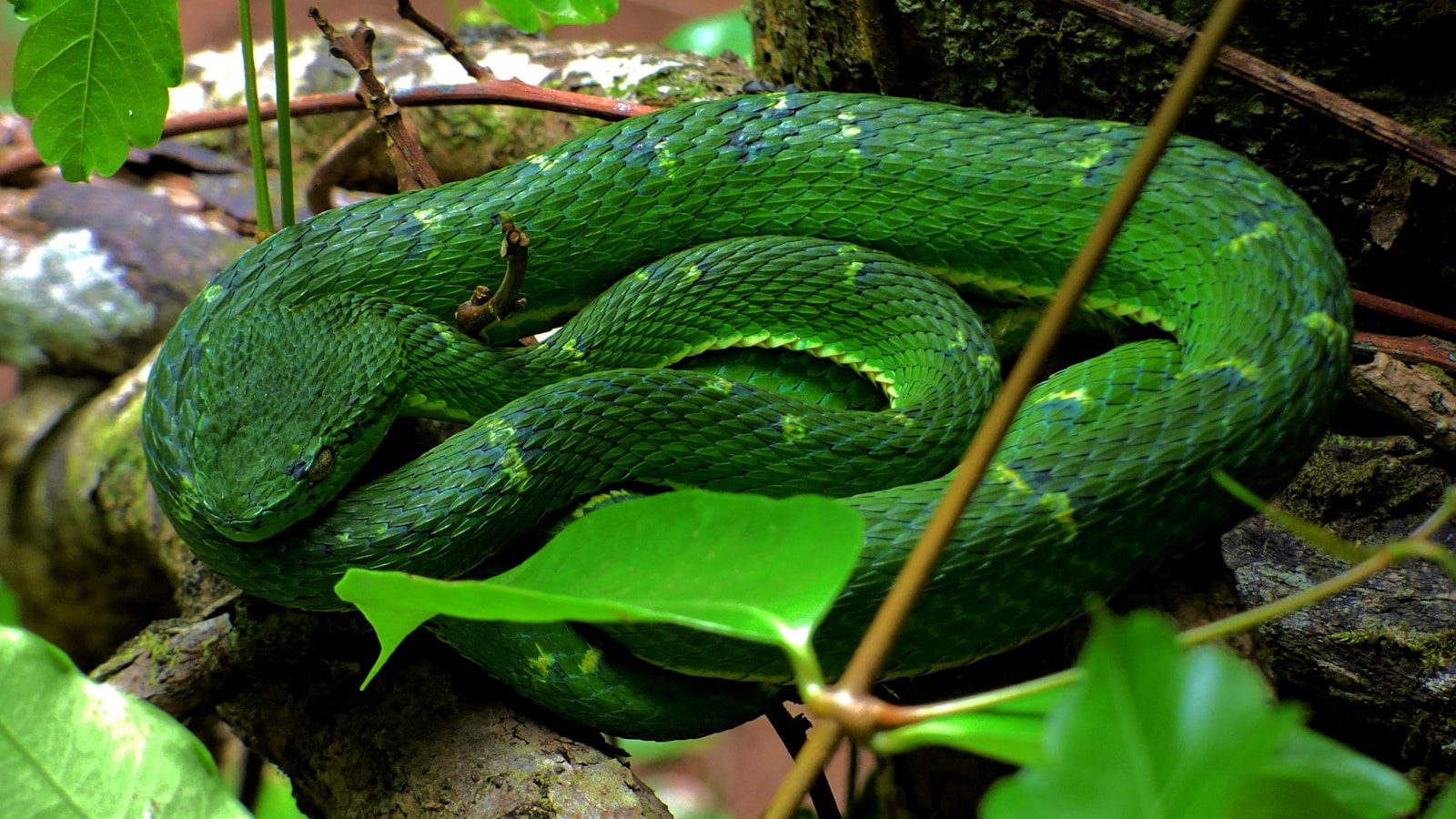
Captive snakes often display noticeable alterations in striking behavior compared to their wild counterparts. Many develop increased strike precision, targeting specific parts of prey items or striking with greater accuracy at moving targets within their enclosures. Conversely, some individuals show decreased strike intensity when they learn that captive prey presents no danger or escape challenge. Ball pythons, for example, may evolve from their natural ambush strategy to a more direct approach when they learn that mice in captivity have limited escape options. Scientists studying this phenomenon have documented strike force reductions of up to 30% in long-term captive specimens compared to recently wild-caught individuals of the same species, suggesting an energy conservation adaptation to the captive environment.
Acceptance of Unusual Prey Items
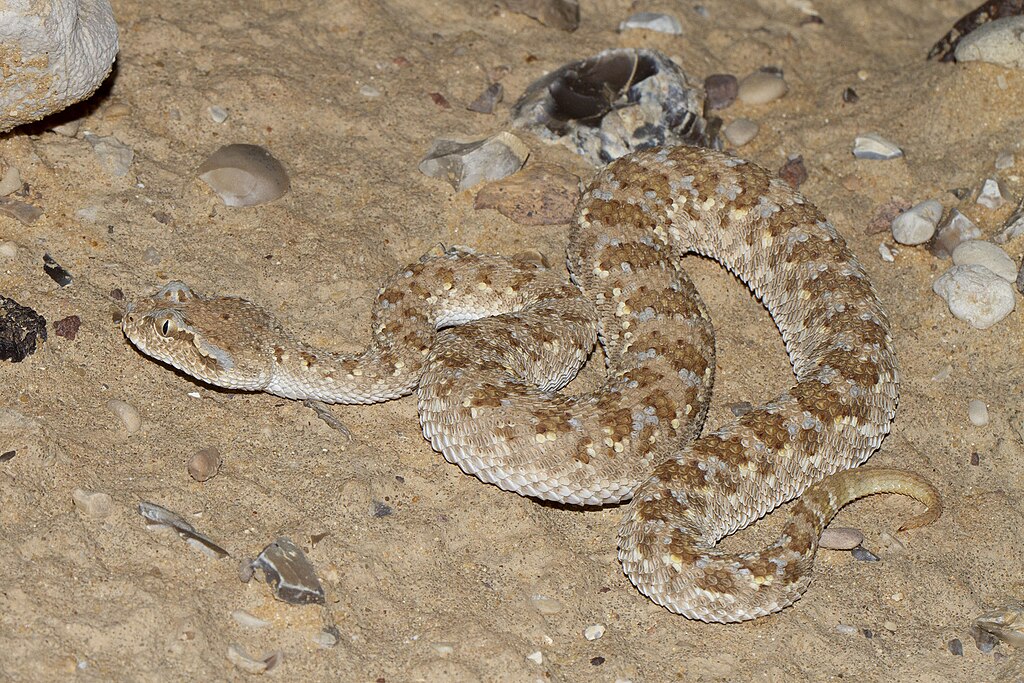
Captivity often requires snakes to accept prey items that differ from their natural diet, leading to adaptations in hunting and feeding behavior. Many captive snakes learn to recognize and accept frozen-thawed prey, which lacks the movement and thermal signatures that would normally trigger feeding responses in the wild. Some species show remarkable dietary flexibility, with individuals accepting fish, eggs, or prepared foods that would never be encountered in their natural range. This behavioral plasticity extends to prey recognition systems; for example, captive king snakes that specialized in ophiophagy (eating other snakes) in the wild may develop strong feeding responses to rodent scents after regular captive feeding. These adaptations demonstrate that prey recognition and feeding motivation systems are more flexible than previously believed.
Target Training and Cognitive Adaptations
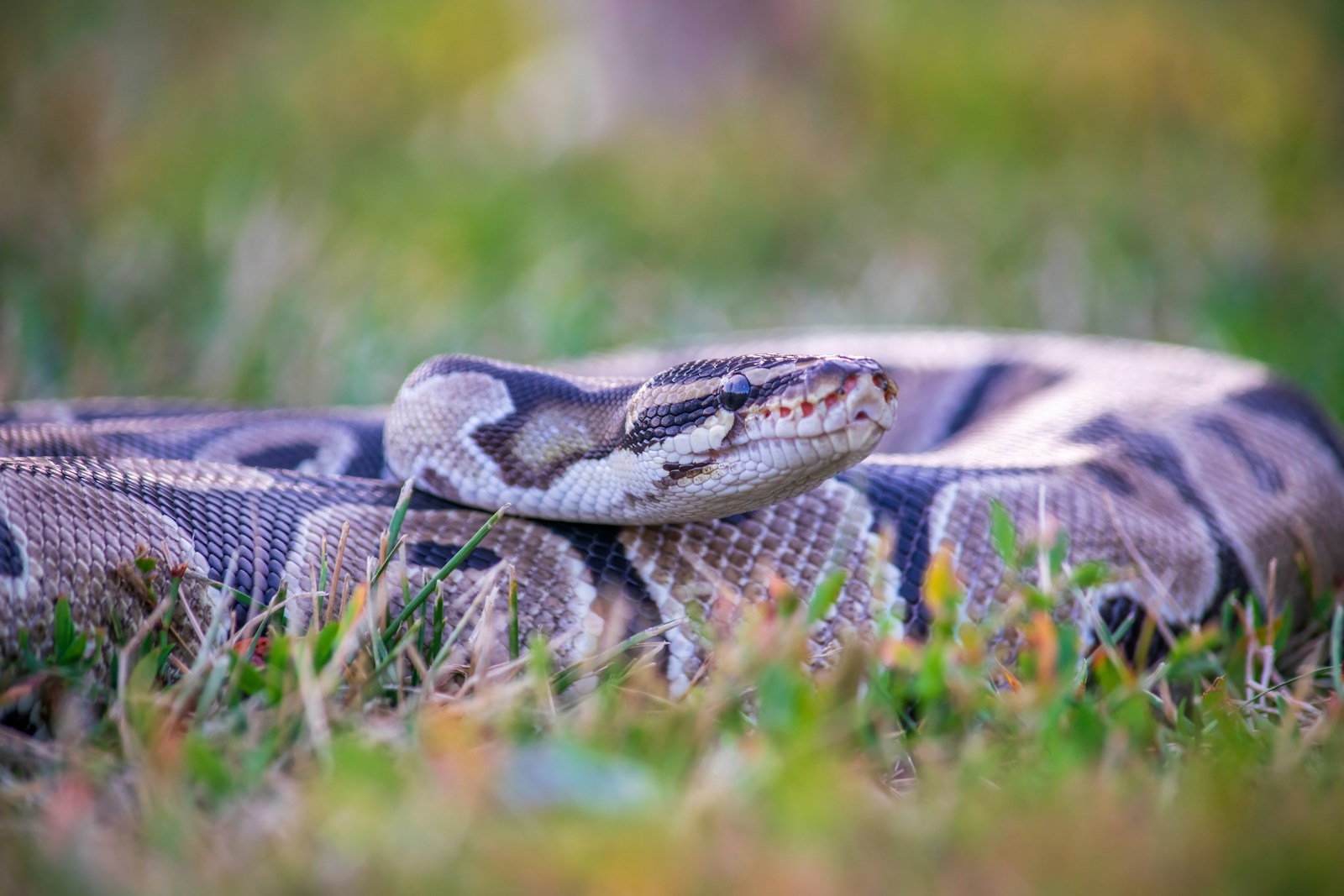
Advanced behavioral management in zoological settings has revealed that many snake species can develop sophisticated cognitive adaptations to captive feeding. Some facilities successfully implement target training, where snakes learn to associate specific visual cues with feeding opportunities. Large constrictors like reticulated pythons have been trained to move to designated areas of their enclosures for feeding, demonstrating spatial awareness and environmental mapping abilities. These cognitive adaptations extend beyond simple conditioning, suggesting that snakes possess greater learning capabilities than traditionally acknowledged. More impressively, some individuals learn to distinguish between handling sessions and feeding sessions based on subtle environmental cues, showing context-dependent behavioral flexibility that contradicts the notion of snakes as purely instinctual animals.
Social Learning in Communal Enclosures
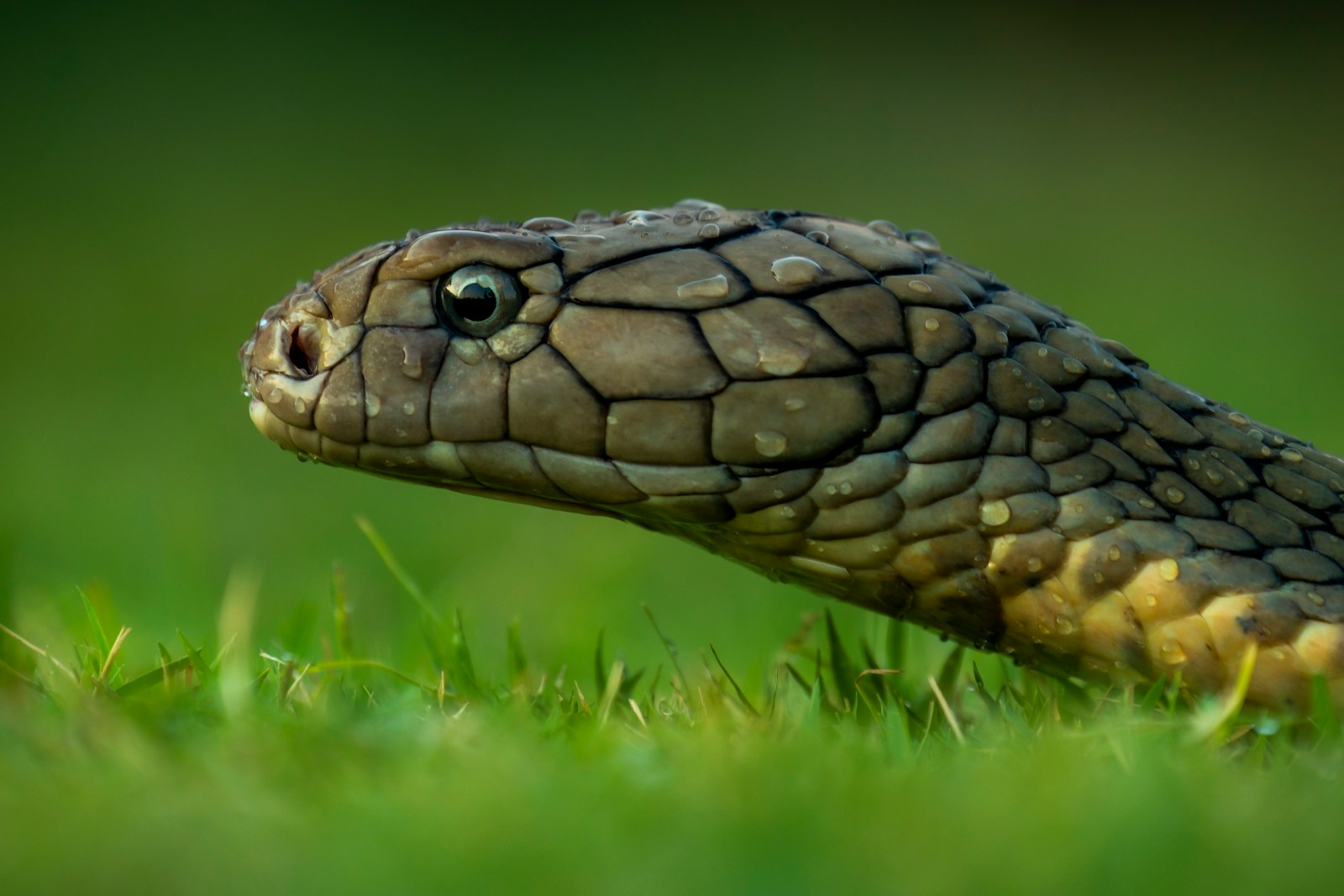
Communal housing of certain snake species has revealed unexpected instances of social learning related to hunting behaviors. Juvenile snakes housed together sometimes demonstrate rapid acquisition of feeding techniques after observing successful feeding by enclosure mates. This phenomenon has been documented particularly well in certain colubrid species like corn snakes and king snakes, where younger or more hesitant individuals adopt the hunting techniques of more experienced snakes. This social learning challenges the traditional view of snakes as solitary hunters lacking social learning capabilities. Studies comparing feeding initiation times between socially housed and individually housed juvenile snakes show that those in communal settings often develop successful feeding responses significantly faster, suggesting observation and imitation play roles previously unrecognized in reptilian behavior.
Time-Associated Hunting Patterns

Many captive snakes develop time-associated anticipatory behaviors related to feeding schedules, representing a significant departure from the opportunistic hunting of wild individuals. Snakes fed on regular schedules frequently become active and alert shortly before their typical feeding time, demonstrating awareness of temporal patterns. This anticipatory behavior manifests as increased tongue-flicking, elevated positioning within enclosures, and heightened response to keeper movements during typical feeding periods. Some specimens even position themselves at feeding access points in their enclosures at scheduled feeding times, showing sophisticated timing awareness. These observations suggest that snakes possess internal timing mechanisms more accurate than previously recognized, allowing them to optimize energy expenditure and hunting readiness according to learned schedules rather than environmental cues.
Defensive Hunting Adaptations
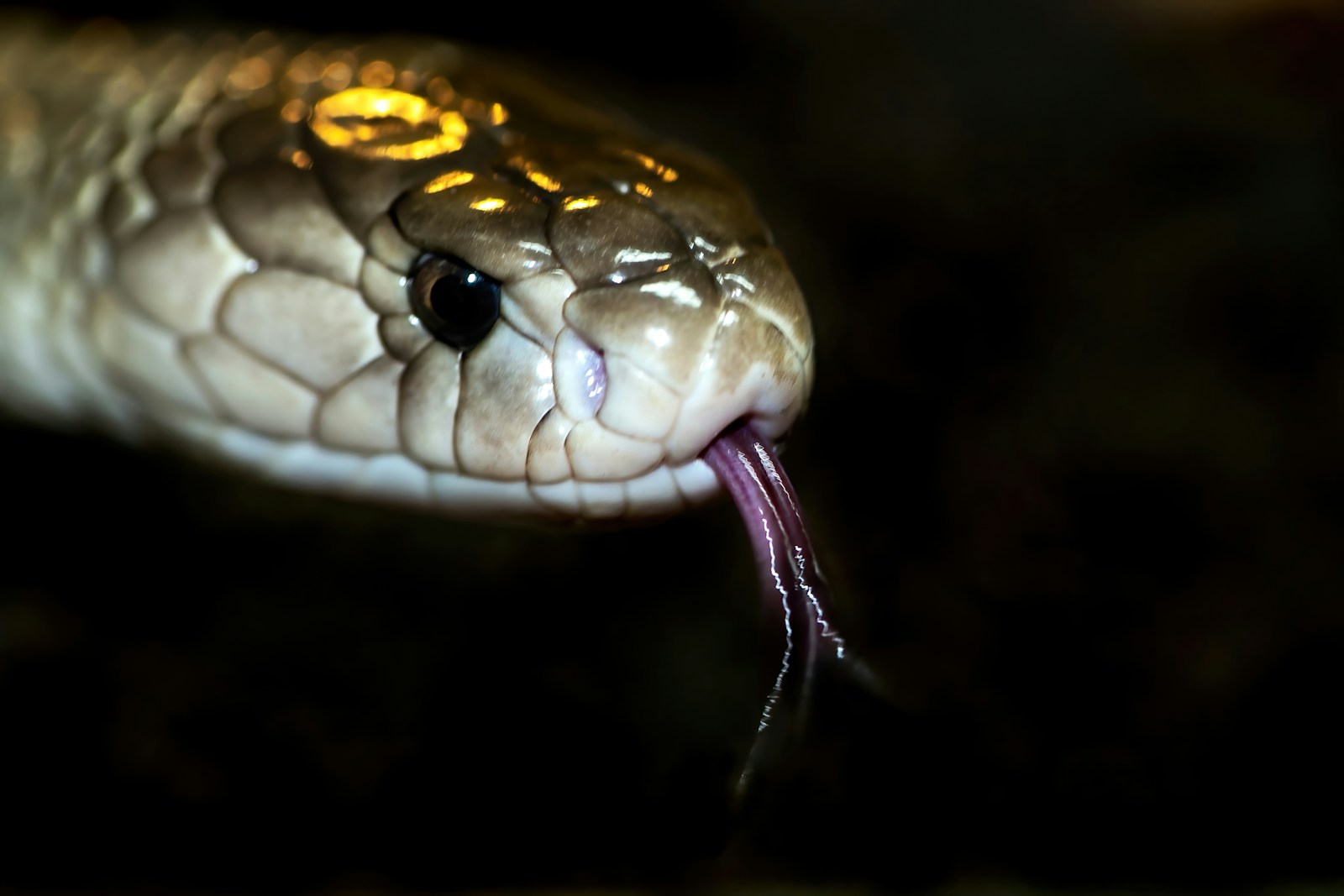
The absence of predation pressure in captivity sometimes leads to reduced defensive components in hunting behaviors. Wild snakes must balance effective hunting with predator avoidance, often striking quickly and retreating to safety before returning to consume subdued prey. Captive individuals frequently abandon these defensive elements, striking and immediately beginning to consume prey without the retreating phase observed in wild counterparts. This behavioral modification is particularly evident in venomous species like rattlesnakes and cobras, which may hold onto prey immediately after striking rather than releasing and tracking as they would in natural settings. The elimination of these defensive components represents an efficiency adaptation to the secure captive environment, where energy conservation takes precedence over predator avoidance.
Scent-Based Adaptations in Hunting
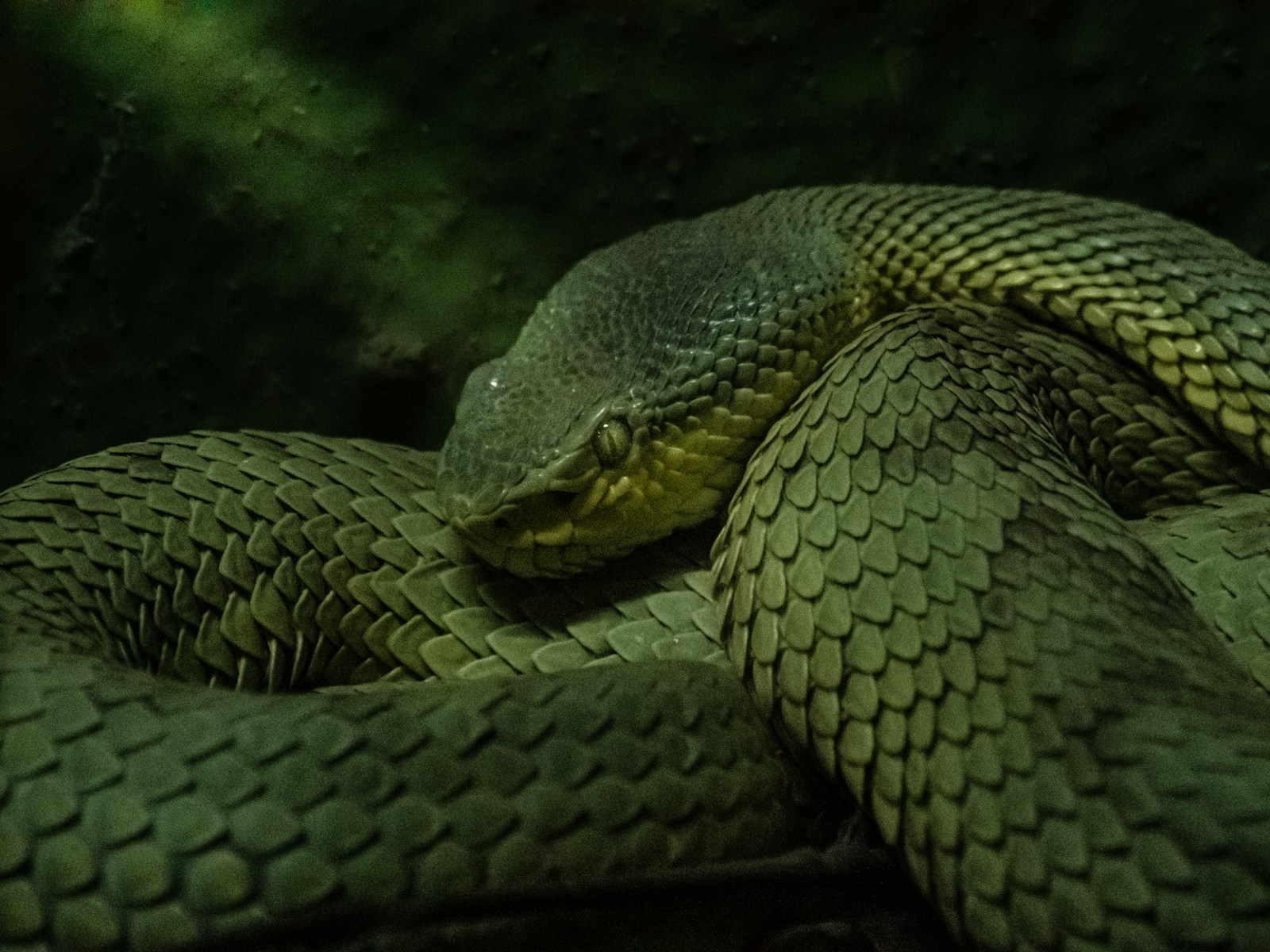
Captivity often alters how snakes utilize chemosensory information during hunting sequences. Wild snakes rely heavily on vomeronasal organ input to locate and identify appropriate prey, but captive individuals may develop heightened responses to handler scents, feed container odors, or other artificial cues associated with feeding. Fascinating research with ball pythons has shown that long-term captive specimens respond more strongly to the scent of plastic feeding containers than to natural prey odors in isolation, indicating a significant rewiring of chemosensory priorities. Some individuals even develop the ability to distinguish between different handlers based on scent, showing increased feeding responses when detected by primary caretakers versus unfamiliar humans. These adaptations demonstrate the remarkable plasticity of reptilian sensory systems in response to captive conditions.
Hunting Behavior in Multigenerational Captive Snakes
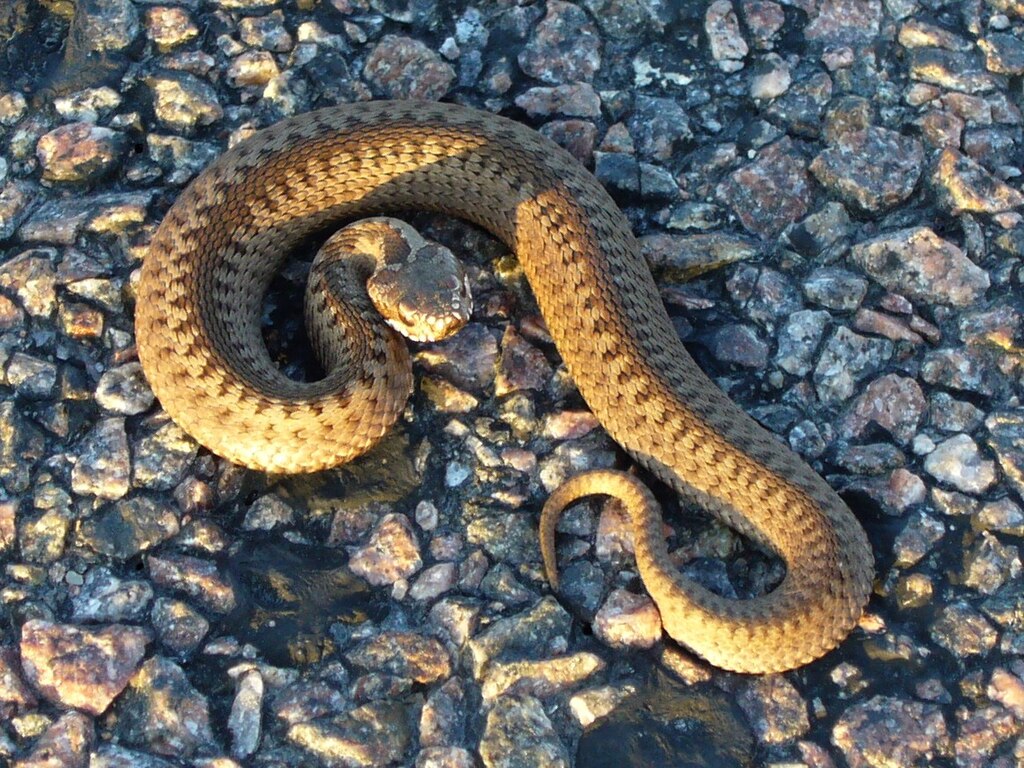
Particularly interesting changes emerge in snakes bred through multiple generations in captivity, where individuals have never experienced natural hunting scenarios. These captive-bred lineages often display hunting behaviors streamlined specifically for captive environments, with reduced elements of behaviors critical in the wild but unnecessary in captivity. Ball pythons bred through five or more captive generations, for instance, often show significantly reduced constriction intensity compared to wild or first-generation captive individuals. Some captive-bred species demonstrate abbreviated hunting sequences, eliminating stalking or pursuit phases entirely and proceeding directly to capture when food is introduced. These observations raise fascinating questions about the interplay between genetic programming and environmental learning in the development of hunting behaviors, suggesting both components contribute significantly to behavioral expression.
The Role of Enrichment in Maintaining Natural Hunting Behaviors
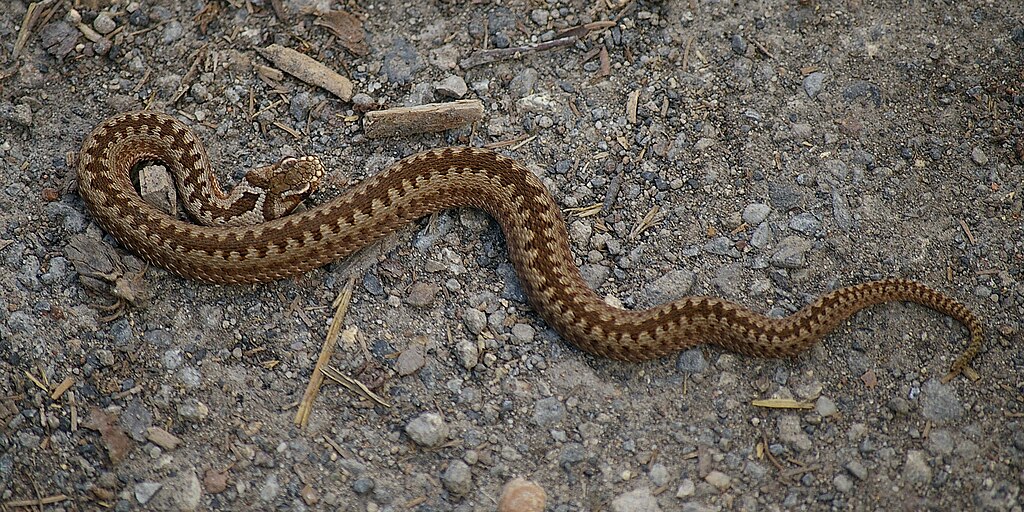
Environmental enrichment practices significantly influence whether captive snakes develop altered hunting strategies or maintain more naturalistic behaviors. Providing variable feeding schedules, challenging prey presentations, and complex environments can help preserve wild-type hunting sequences even in long-term captive specimens. Research comparing corn snakes in minimalist rack systems versus naturalistic enclosures shows that those in enriched environments maintain more complex hunting behaviors, including proper ambush positioning, extended pursuit sequences, and more natural constriction techniques. Modern zoological facilities often implement feeding puzzles or challenge devices that require snakes to locate and extract food items from hiding places, helping maintain natural foraging behaviors. These enrichment practices not only support more complete behavioral repertoires but also appear to reduce stress and promote better overall health in captive specimens.
Conservation Implications of Captive Hunting Adaptations

The plasticity of hunting behaviors in captivity has significant implications for conservation and reintroduction programs for endangered snake species. Individuals that develop highly modified hunting behaviors may face challenges if released into natural habitats, potentially lacking the skills necessary for successful wild foraging. Conservation breeding programs now increasingly incorporate naturalistic hunting opportunities and specialized pre-release training to maintain wild-type behaviors in captive populations. The timber rattlesnake recovery program, for example, implements protocols where captive-bred juveniles are exposed to natural prey with escape opportunities before release, significantly improving post-release survival rates. Understanding the mechanisms behind hunting adaptations allows conservationists to design captive environments and handling protocols that maintain behavioral integrity in species being prepared for eventual release, balancing the requirements of captive care with conservation goals.
Conclusion

The development of unique hunting styles in captive snakes reflects the remarkable behavioral plasticity of these ancient predators. Far from being rigid, instinct-driven automatons, snakes demonstrate sophisticated learning abilities, sensory adaptations, and behavioral modifications in response to environmental changes. The shifts observed in captive hunting behaviors—from tong associations and target training to modified strike mechanics and temporal awareness—reveal cognitive capacities previously underappreciated in reptiles. These adaptations not only provide practical insights for improved captive care but also offer fascinating windows into the evolutionary mechanisms underlying predatory behavior. By studying how snakes adapt their hunting strategies to artificial environments, we gain deeper understanding of the complex interplay between genetics, learning, and environment in shaping animal behavior, challenging us to reconsider traditional views of reptilian cognition and behavioral flexibility.





